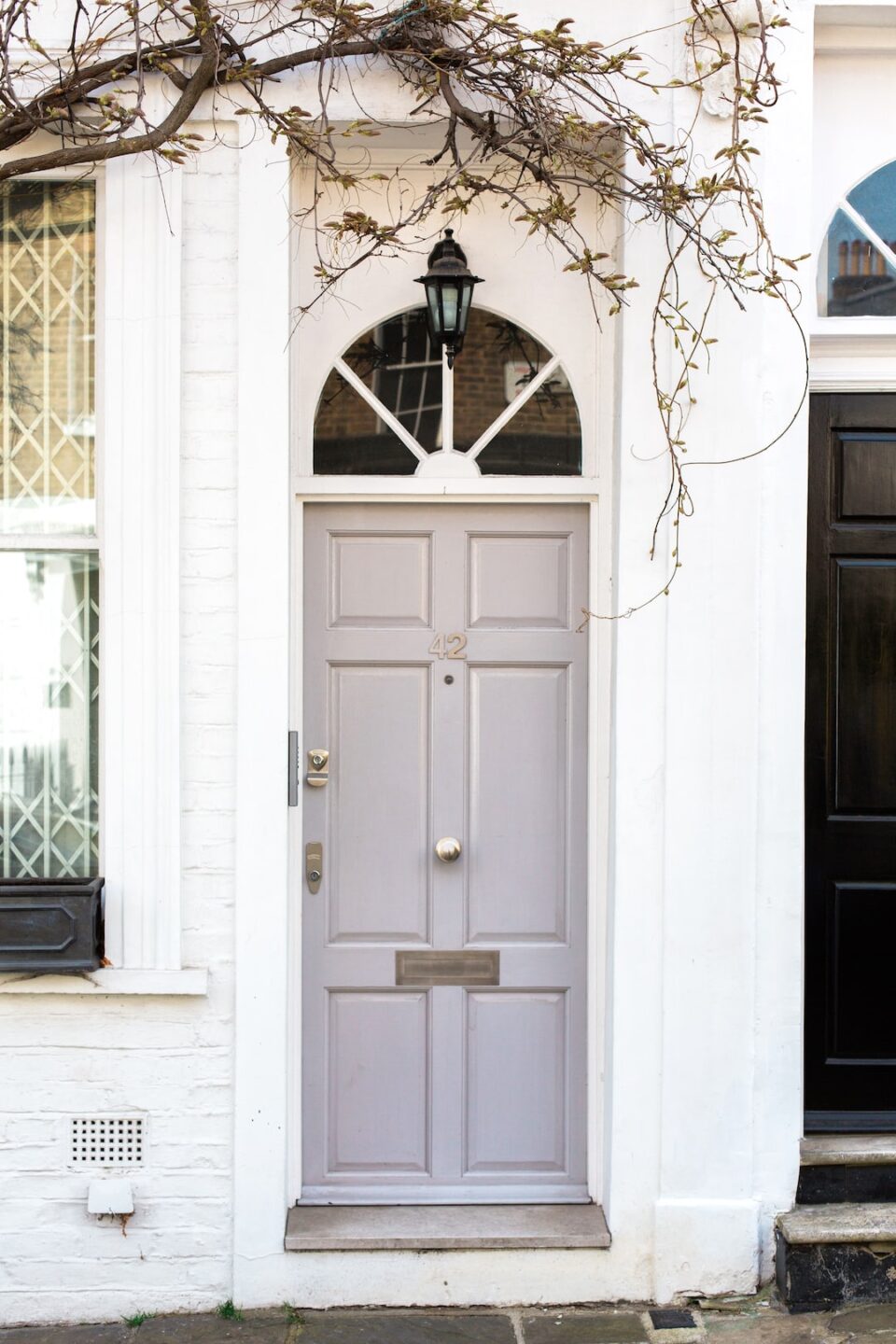Reviving Old Wood Floors: Easy Restoration Techniques
Wood floors undoubtedly add a touch of elegance and warmth to any home. However, over time, wear and tear can take its toll, leaving your once beautiful floors looking tired, dull, and in need of some attention. The good news is that restoring old wood floors doesn’t have to be a daunting or expensive task. With a little effort and the right techniques, you can bring back the natural beauty of your wood floors and breathe new life into your living spaces.
1. Determine the Condition of Your Floors:
Before embarking on any restoration project, it’s important to assess the condition of your wood floors. Check for signs of damage, such as scratches, dents, or loose boards. This will help you determine which restoration techniques are appropriate for your needs. Minor scratches can often be repaired with simple sanding and refinishing, while deeper damage may require more extensive repairs or even replacement of certain boards.
2. Deep Cleaning:
A thorough cleaning is the first step in the restoration process. Begin by removing any furniture or rugs from the room. Sweep away loose dirt and debris, and then give the floors a good vacuuming to get rid of any hidden dust or particles. Next, use a specially formulated wood floor cleaner and a mop to thoroughly clean the surface. Be sure to follow the manufacturer’s instructions, and never use excessive water, as this can warp or damage the wood.
3. Sanding and Refinishing:
Sanding is a crucial step in reviving old wood floors. It helps remove surface imperfections, stains, and previous finishes, leaving a smooth and even surface ready for refinishing. Start by renting a floor sander from your local hardware store. Begin with coarse-grit sandpaper to remove any heavy scratches and stains, working your way towards finer grits for a smoother finish. Take your time and work in small sections, making sure to sand evenly across the entire floor.
Once the sanding is complete, vacuum or sweep away any remaining dust. To bring your floors back to life, apply a quality wood stain in your desired shade, following the manufacturer’s instructions. Allow the stain to dry completely before applying a protective sealant, such as polyurethane, to ensure a long-lasting finish. Apply two to three coats, sanding lightly between each coat for a professional-looking result.
4. Repairing Damaged Areas:
If your wood floors have specific areas that are in need of repair, such as scratches or loose boards, it’s important to address these issues before refinishing. Minor scratches can often be buffed away using a fine-grit sandpaper or steel wool. For deeper scratches, consider using a wood filler that matches the color of your floor. Apply the filler, smooth it down with a putty knife, and let it dry before sanding the area flush with the surrounding floor.
Loose boards can be a more challenging issue, but it’s still possible to address them without too much hassle. Use a claw hammer to carefully remove the loose board, and then clean the subfloor beneath. Apply adhesive to both the subfloor and the back of the board before carefully reattaching it. Use clamps or weights to keep the board in place until the adhesive dries completely.
5. Regular Maintenance:
Once your wood floors are restored to their former glory, regular maintenance is key to keeping them looking their best. Regularly sweep or vacuum to remove dirt and debris, as these can scratch the surface over time. Place protective pads under furniture legs to prevent scratches, and use rugs or mats in high-traffic areas to minimize wear. Avoid using harsh chemicals or abrasive cleaners, as these can damage the finish. Instead, use a mild cleaning solution specifically designed for wood floors.
In conclusion, reviving old wood floors doesn’t have to be a challenging or expensive endeavor. With a little know-how and the right techniques, you can restore the natural beauty of your wood floors and enjoy their warmth and elegance for many years to come. Remember to assess the condition of your floors, perform deep cleaning, sand and refinish, repair any damage, and maintain them regularly to ensure they stay in top-notch condition. By following these easy restoration techniques, you can transform your old wood floors and give them a new lease on life.


